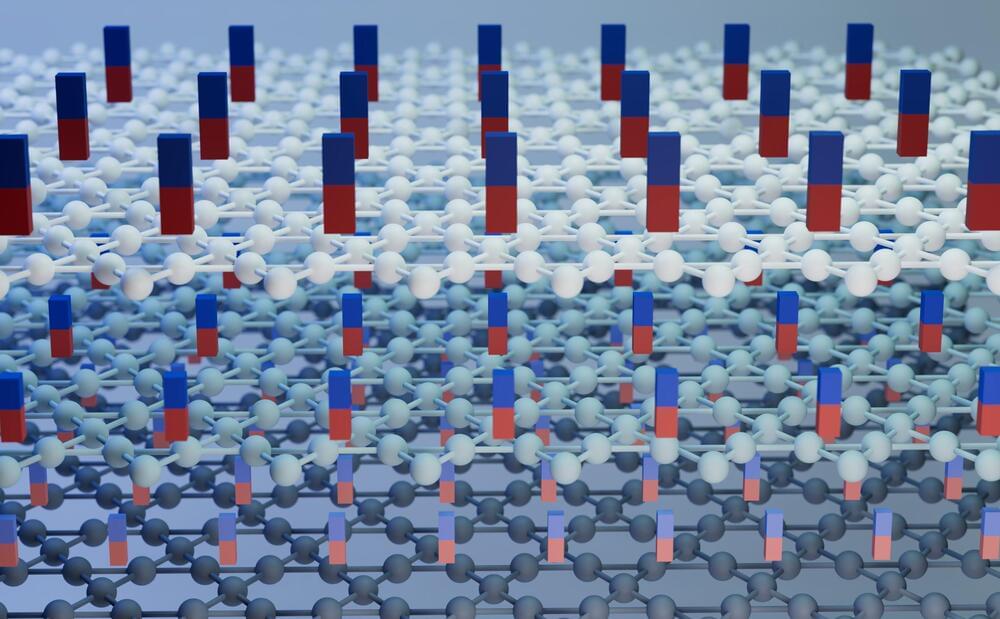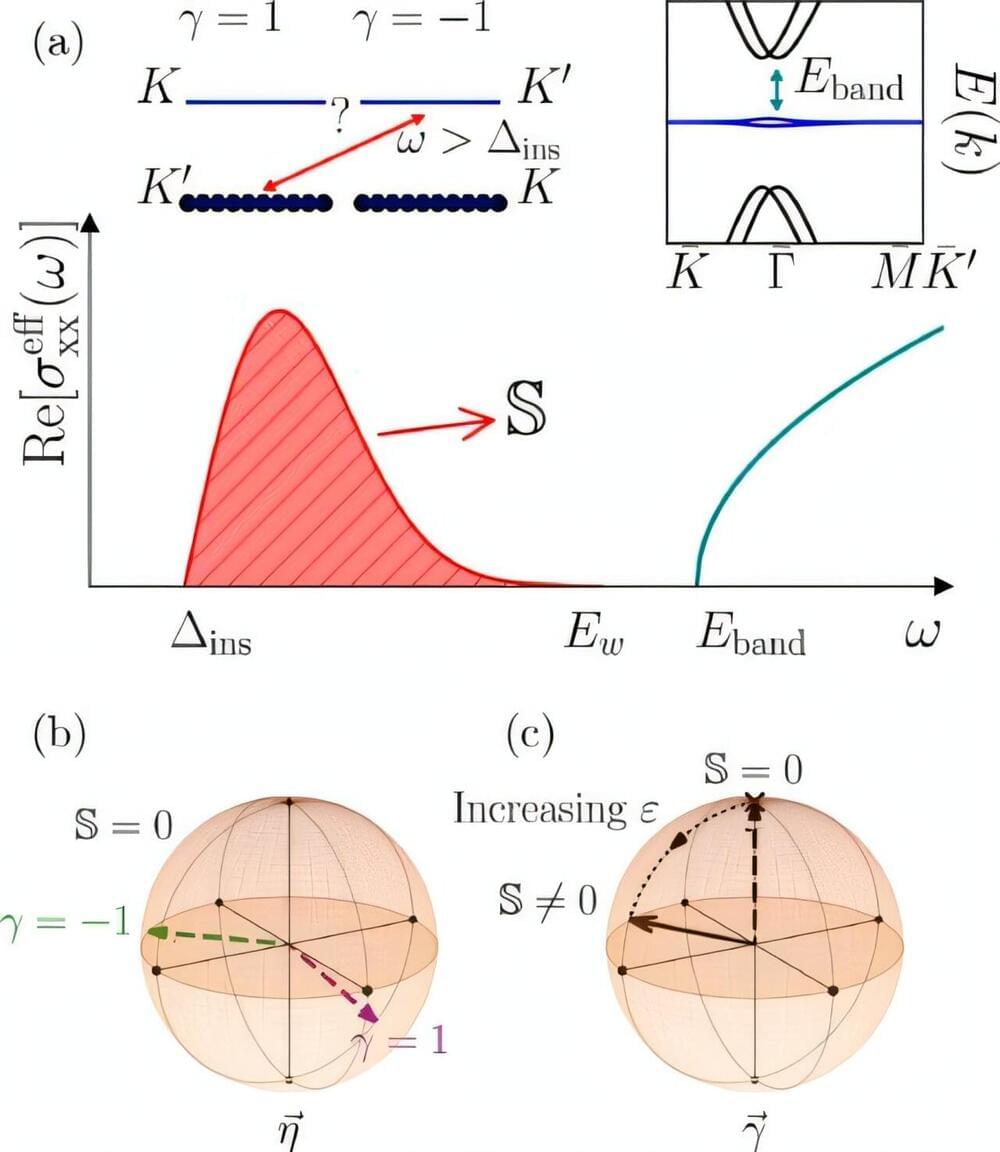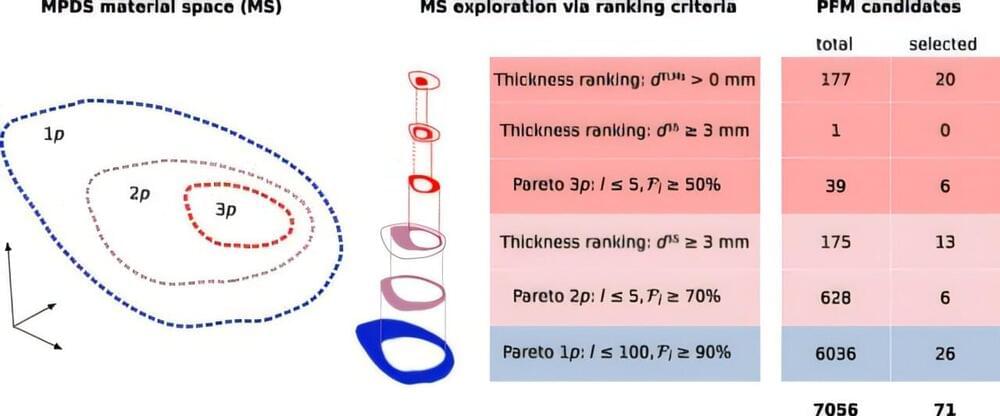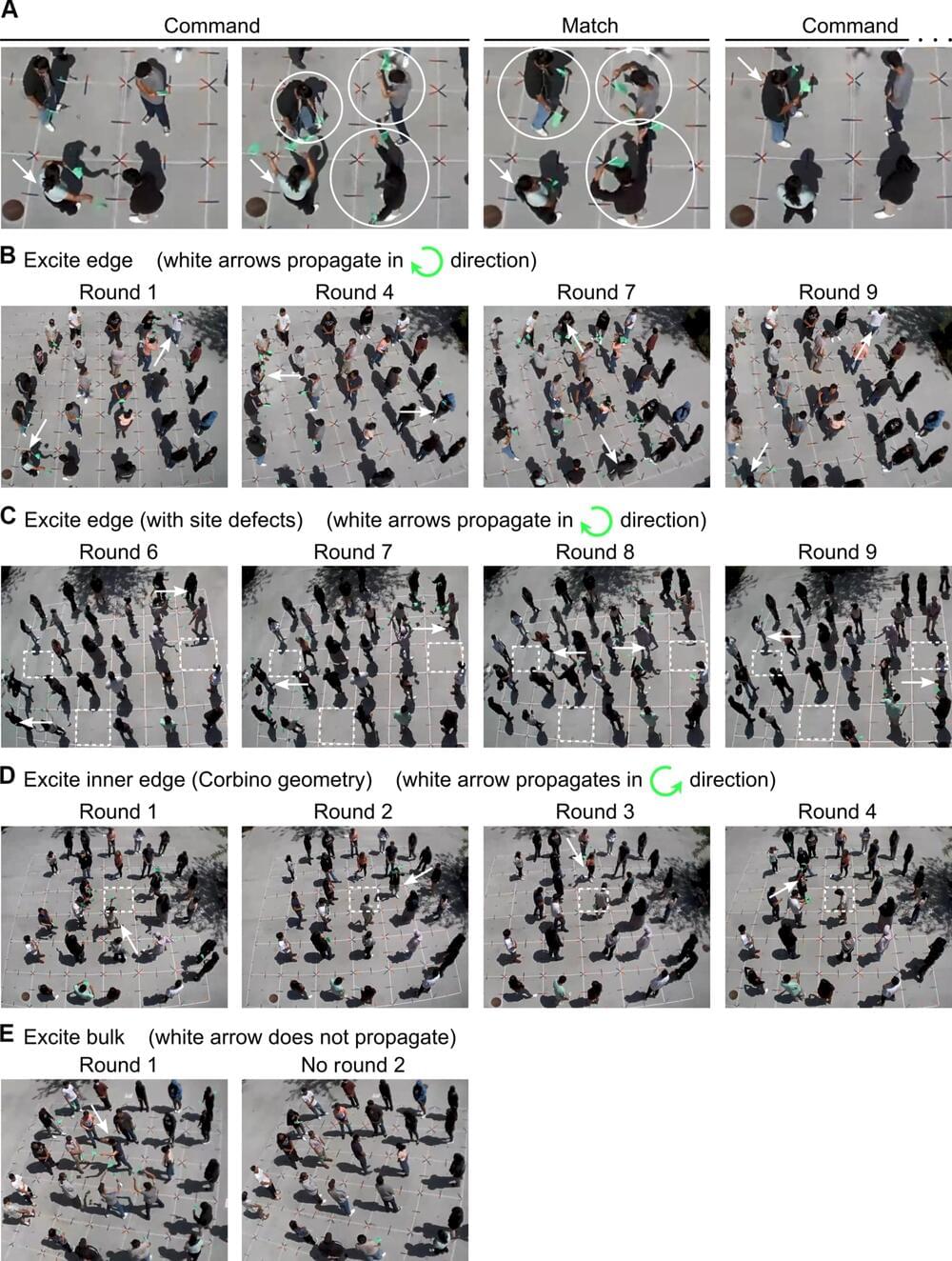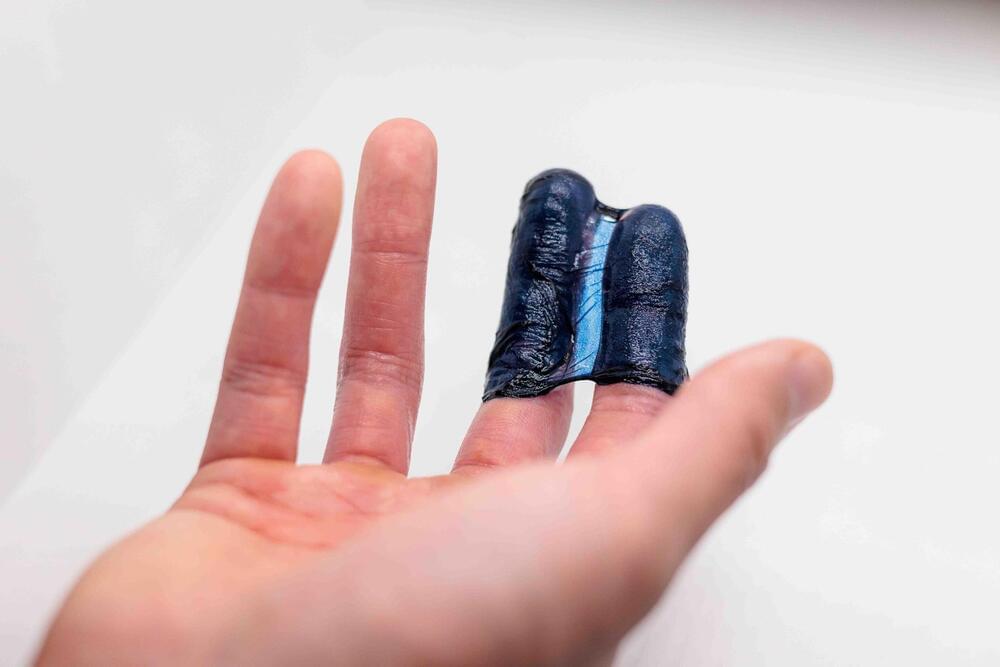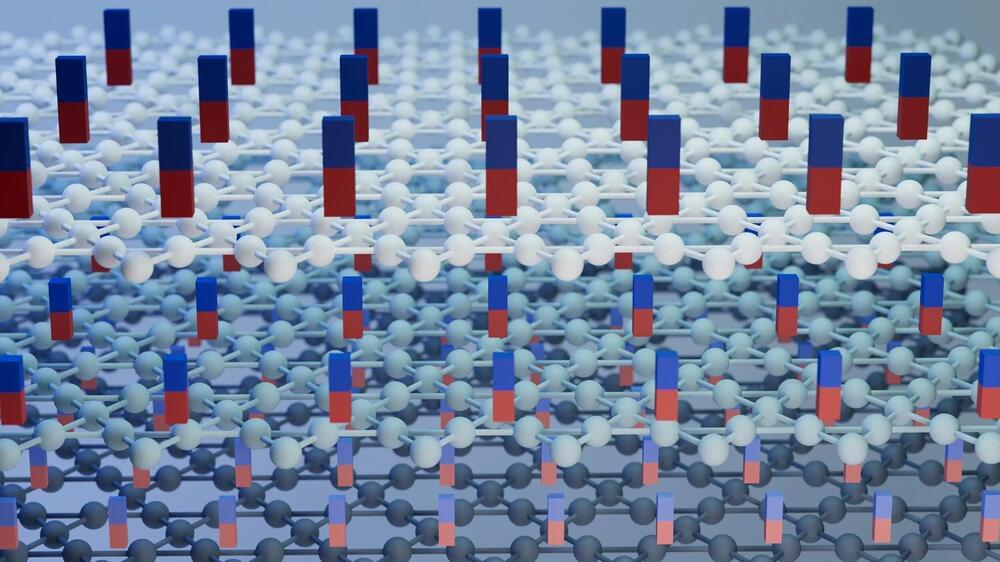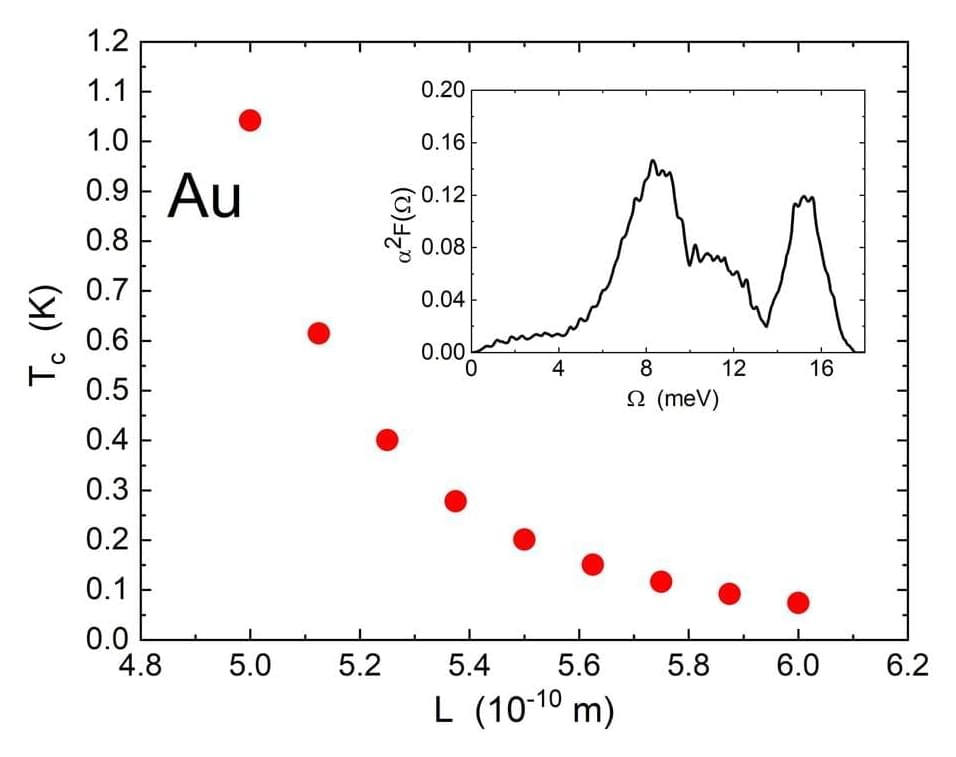Nov 10, 2024
Beyond Tungsten: Scientists Unveil Game-Changing Materials for Fusion Reactors
Posted by Shailesh Prasad in categories: materials, nuclear energy
Can theory and computation methods help the search for the best divertor material and thus contribute to making fusion energy a reality?
Exploring nuclear fusion as a clean energy source reveals a critical need for advanced plasma-facing materials. MARVEL lab researchers identified materials that might withstand fusion’s extreme conditions and proposed alternatives to tungsten, the current choice.
Nuclear fusion and the material challenge.

